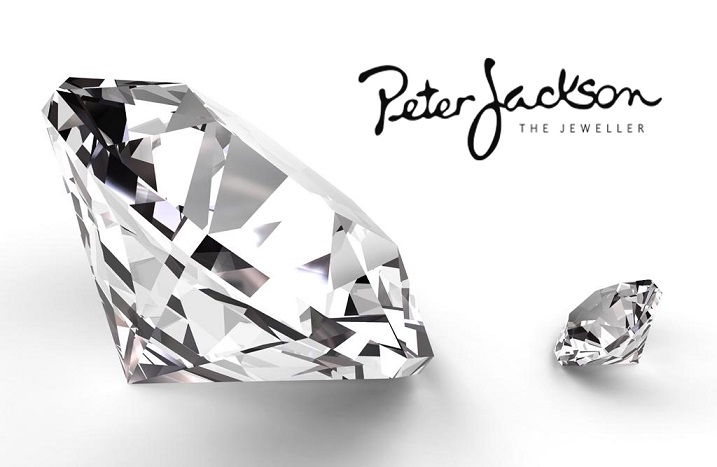Diamond picking can be a tough decision, whether it’s for yourself or somebody special, getting the right one can be a hard choice.
If you cannot pick one by personal preference, or just wish to know more about the diamond that you’re looking at, it’s worth bearing in mind the four Cs of diamond grading: Diamond Cut, Clarity, Colour, Carat weight.
CUT
The first, and probably the most important, factor is the cut of the diamond. When someone describes the cut of a diamond to you, it can mean one of two things: the shape of the rock or its reflective qualities. Both of these factors are important when deciding between a good diamond and a great diamond so it’s worth knowing about both.
Shape is very important to the form of a diamond, it can affect how the diamond manipulates light which can affect its brilliance. Ideally you want a well proportioned jewel, not too deep, not too shallow, this allows the light to enter the diamond through the top (or the table), it is then reflected on the pavillion (the base), to the other side of the pavillion and finally leaving through the table again. This gives the diamond it’s bright and fiery appearance.
CLARITY
The second ‘C’ is the clarity of a diamond. Due to the fact that diamonds are a natural occurrence, caused by pressure generally in the Earth’s mantle, and not created in a lab, this can lead to imperfections. These imperfections are split into two categories: Inclusions and Blemishes, while blemishes are found on the outside of the diamond, inclusions are imperfections on the inside. As to be expected, the less imperfections a diamond has, the higher the price.
COLOUR
Third on the list is colour, when the term colour is used to describe a diamond, it is usually referring to how much colour a white diamond has in it. A true white diamond has an absence of colour and are more valuable because of it due to the fact that a clear diamond, like a window, allows more light through, which, in turn, allows the jewel to sparkle. Diamonds are graded from D to Z with jewels in the D to F category being the more sought after and hence more expensive.
CARAT
Last out of the four Cs is Carat weight. This is not to be confused with the term ‘Karat’ which is used to describe the purity of gold. One carat is equal to about 200 milligrams, with the price per carat increasing depending on how big the diamond is. The bigger the diamond, the more money, per carat, it is worth.
Overall, it’s worth remembering that a diamond has ultimately two values, however much it is worth in monetary value, and how much it is worth as a sentimental piece. If you’re choosing a diamond for a loved one it may also be worth picking a diamond on personal preference as well as referring to the 4 Cs. An example of this is that most untrained individuals may not be able to tell if a diamond has a slight blemish on it or if it isn’t the highest grade of clarity that money can buy, the most important point may be that it was the one you chose.
